Table of Contents
If you’re into RV living or even just curious about the intricacies of mobile homes, you’ve probably heard the term “frame flex” being tossed around. It’s a topic that has gained traction over the years, especially among RV enthusiasts and manufacturers. Recently, Lippert, a leading name in RV chassis manufacturing, provided some much-needed insight into this issue in an exclusive interview. Let’s dive into what frame flex really means, why it’s a concern, and what Lippert has to say about it.
What is Frame Flex?

Frame flex refers to the natural bending and twisting that occurs in the chassis of an RV. All materials, from metal to wood, have a degree of flexibility. In the context of RVs, some level of flexion is normal and even expected. However, when this flex becomes excessive, it can lead to serious structural issues, compromising the integrity of the RV.
Normal vs. Excessive Frame Flex
It’s essential to distinguish between normal and excessive frame flex. Just like skyscrapers sway slightly in the wind without falling over, an RV frame is designed to flex within specific limits. Problems arise when the flex exceeds these limits, leading to potential damage to the RV’s superstructure.

The Role of the Superstructure
The RV’s superstructure, also known as the habitat shell, is the part of the RV that people live in. This shell is attached to the chassis and is supposed to work in harmony with it. The chassis provides support to the superstructure, and vice versa. However, any misalignment between the two can cause stress on the frame, leading to excessive flex.
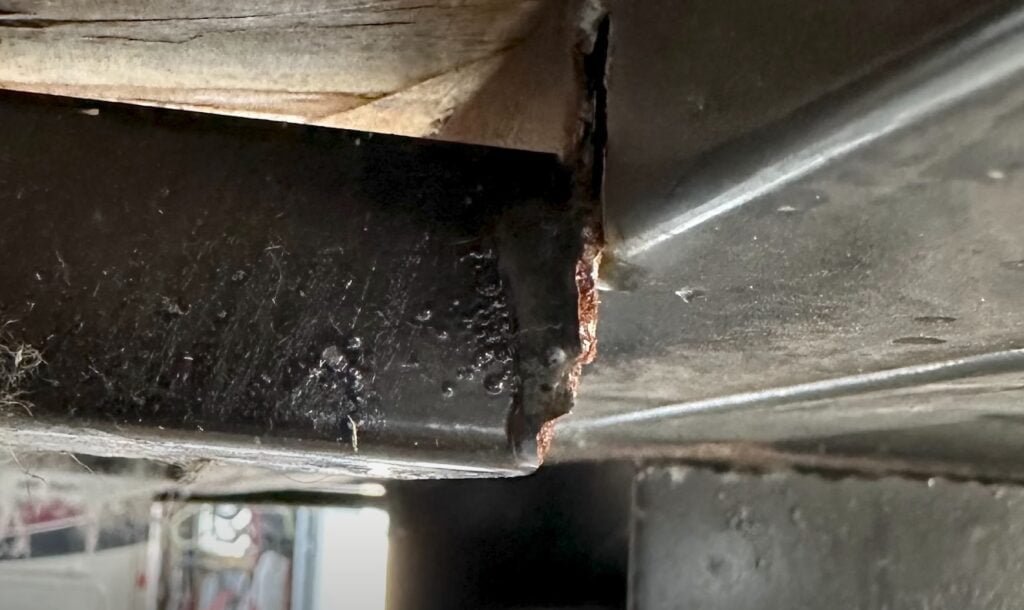
Frame-Specific Superstructures
Each RV model is designed with a specific chassis and superstructure in mind. This means you can’t just mix and match different chassis and superstructures. Even minor changes in the design or layout of an RV can lead to stress in areas that weren’t originally designed to handle it. This is why manufacturers must work closely together to ensure compatibility.
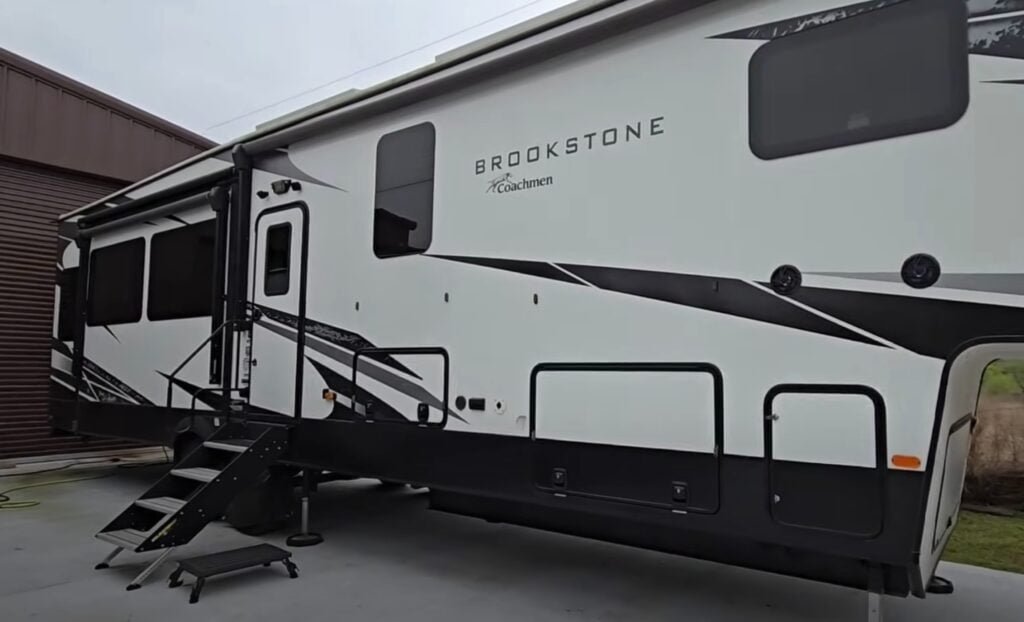
Lippert’s Perspective: Communication and Responsibility
Lippert, being a major player in the RV industry, has been at the forefront of this issue. They emphasize the importance of constant communication between chassis manufacturers and RV brands. However, they also point out that it’s not always a smooth process. Sometimes, manufacturers don’t communicate as they should, leading to potential issues down the line.

Industry-Accepted Practices
Interestingly, Lippert notes that they don’t dictate how RV manufacturers should use their frames. Instead, they rely on “industry-accepted practices” to guide the process. This hands-off approach has led to some criticism, as many believe that frame manufacturers should take a more active role in ensuring their products are used correctly.
How Does Frame Flex Happen?
So, how does frame flex actually occur? There are several factors at play, from design flaws to user error. Let’s explore the most common causes.
Design and Engineering Flaws
One of the primary causes of frame flex is poor design or engineering on the part of the RV manufacturer. If the superstructure isn’t properly aligned or if the materials used aren’t up to standard, the frame may flex more than it should. This is a critical issue that needs to be addressed during the design phase.

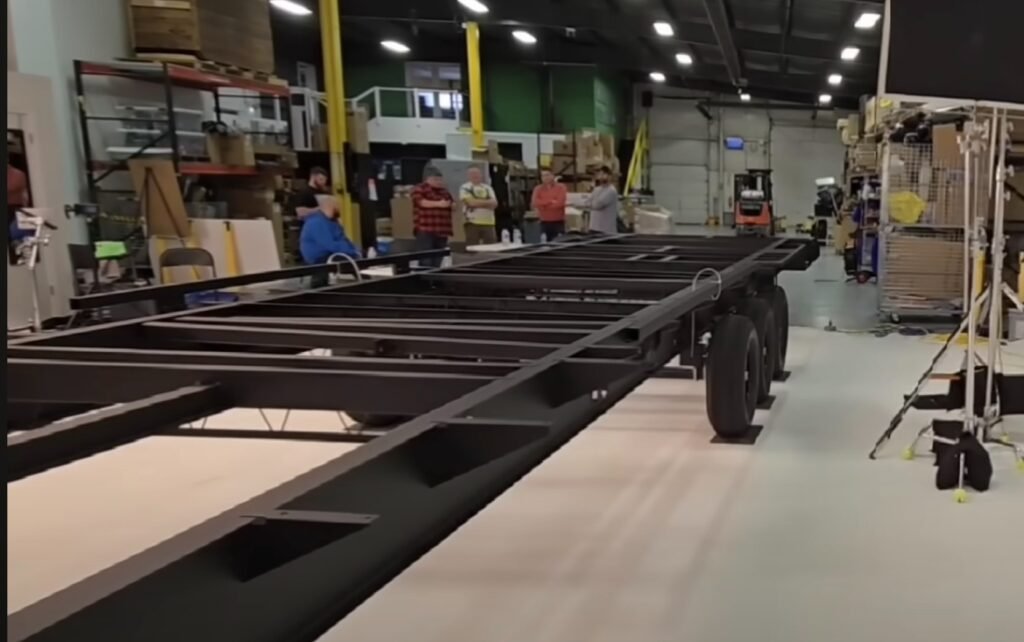
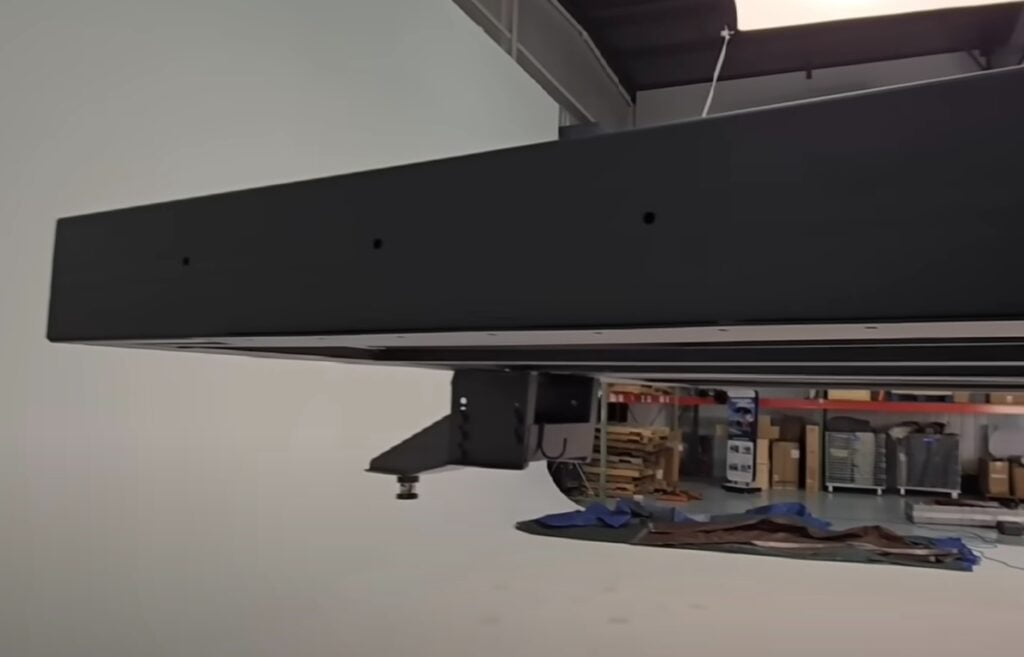
Wear and Tear Over Time
Even the best-designed RVs aren’t immune to the effects of time. As RVs are driven over various terrains, the constant twisting and turning can cause components to loosen or break down. Over time, this can lead to excessive frame flex, especially in older models.
User-Related Issues
The end-user plays a significant role in the health of an RV’s frame. Overloading the RV, improper weight distribution, and even rough driving can all contribute to frame flex. Additionally, modifying the kingpin or towing cargo beyond manufacturer recommendations can also put undue stress on the frame.
Lippert’s Hands-Off Approach: A Double-Edged Sword?
During the interview, Lippert’s representatives seemed to adopt a hands-off approach to the issue of frame-flex. They acknowledged the problem but didn’t take full responsibility for it. Instead, they pointed to industry practices and the responsibilities of RV manufacturers and users.
The Importance of R&D
Lippert did emphasize the importance of research and development (R&D) in mitigating frame flex. However, they also noted that not all RV manufacturers invest the necessary time and resources into this area. This lack of investment can lead to long-term issues for RV owners.
The Consequences of Ignoring Frame Flex
Ignoring frame-flex isn’t just a matter of inconvenience; it can be downright dangerous. There have been reports of fifth wheels with entire support structures detaching from the chassis, posing serious risks to both the RV occupants and other road users.
Life-Threatening Scenarios
Imagine driving down the highway when suddenly, the undercarriage of your RV starts to give way. This isn’t just a theoretical scenario; it has happened before. The potential for accidents is significant, making it all the more crucial for both manufacturers and owners to take frame-flex seriously.
What Can RV Owners Do?
So, what can you do as an RV owner to prevent or mitigate frame-flex? Here are some practical tips.
Regular Inspections
Just like you would inspect your home for potential issues, your RV needs regular check-ups. Pay special attention to the frame and superstructure, especially after long trips or rough terrain.
Proper Weight Distribution
One of the easiest ways to prevent frame-flex is to ensure that your RV is properly loaded. Distribute the weight evenly and avoid overloading the vehicle. This simple step can go a long way in maintaining the integrity of your RV’s frame.
Avoiding Modifications
While it might be tempting to make modifications to your RV, especially the kingpin or towing setup, it’s best to stick with the manufacturer’s recommendations. Even minor changes can lead to significant stress on the frame.
Read More: Transforming Motorhome with Sky Lounge: The Perfect Getaway for 6 Adventurers
Choosing the Right RV Brand
Research is your best friend when it comes to choosing an RV. Look for brands that have a solid reputation for quality and durability. Join online forums, read reviews, and ask questions to make an informed decision.
Read More: Sector 36 Netflix Release: A Must-Watch Indian Crime Thriller
Conclusion: Frame Flex—A Manageable Issue With the Right Approach
Frame-flex is a real concern for RV owners, but it’s not an insurmountable one. With proper maintenance, responsible usage, and a bit of due diligence, you can significantly reduce the risk of frame-flex in your RV. Lippert’s interview sheds light on the complexities of this issue, but it also serves as a reminder that the responsibility doesn’t lie solely with the manufacturer. As RV owners, we have a role to play in ensuring the longevity and safety of our vehicles.
FAQs
1. What is frame flex in an RV?
Frame flex refers to the natural bending and twisting of an RV’s chassis. While some flex is normal, excessive flex can lead to structural issues.
2. How can I prevent frame flex in my RV?
Regular inspections, proper weight distribution, and avoiding modifications to the kingpin or towing setup can help prevent frame flex.
3. Is frame flex dangerous?
Yes, excessive frame flex can compromise the structural integrity of your RV, potentially leading to accidents or damage.
4. Does Lippert take responsibility for frame flex issues?
Lippert acknowledges the issue but emphasizes that RV manufacturers and owners also have responsibilities in preventing and mitigating frame flex.
5. What should I look for in an RV to avoid frame flex?
Research brands with a reputation for quality and durability, and ensure the RV’s design and engineering are up to standard.

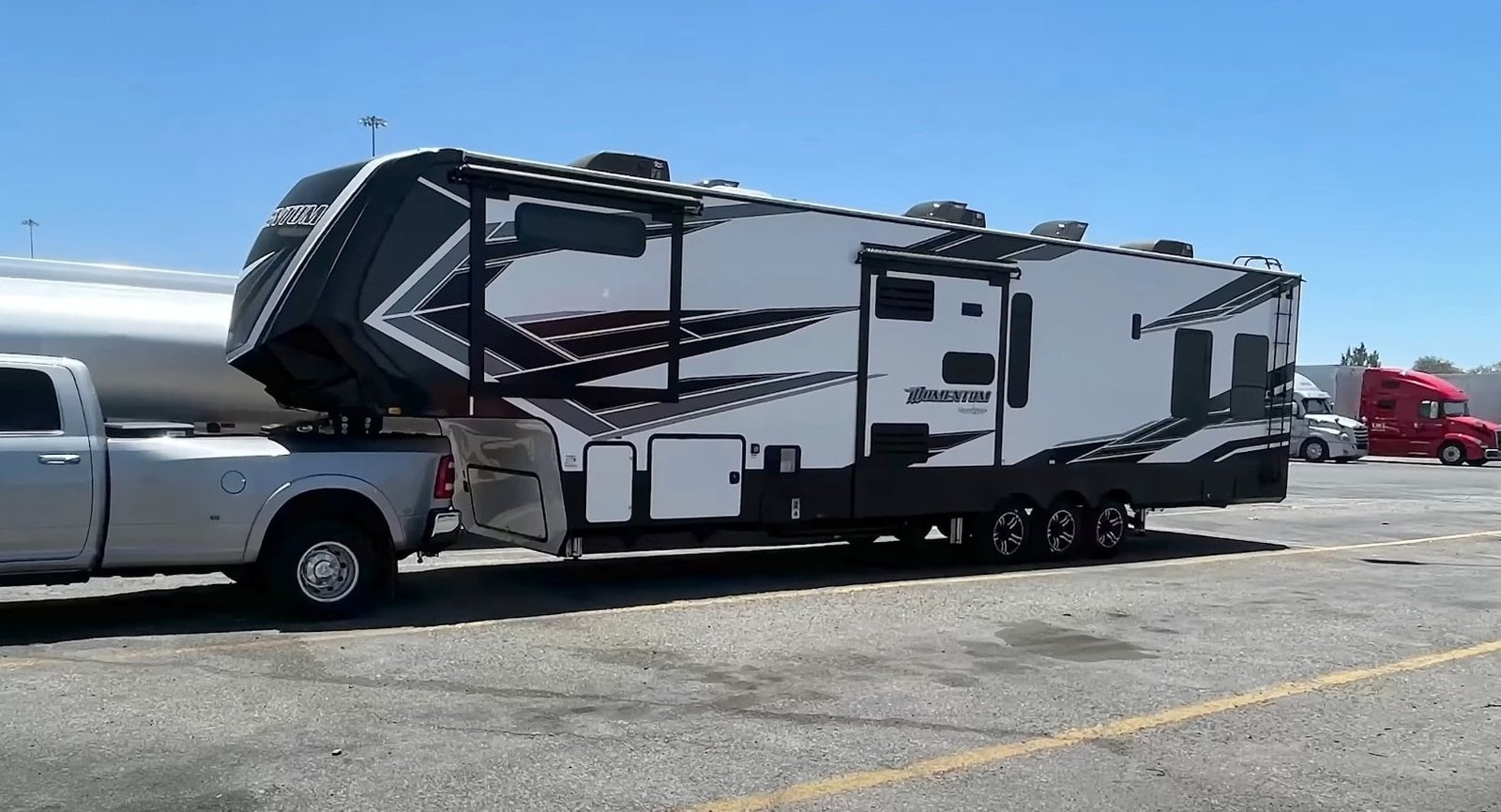
1 thought on “Frame Flex: Lippert’s Shocking Revelation in an Exclusive Interview”